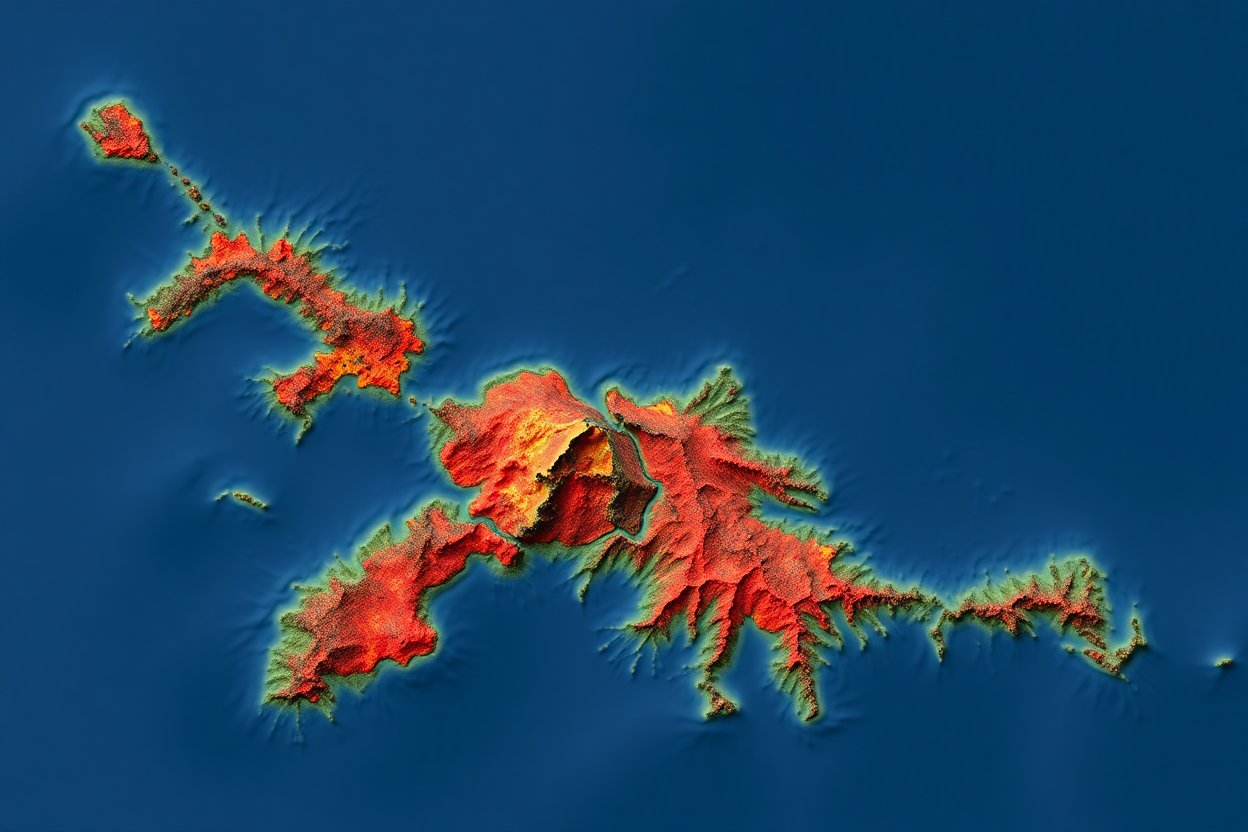Severe Blizzard Leads to Road Shutdowns, Power Outages, and School Closings Minnesota
A recent snowstorm has severely intruded throughout the southern districts of Minnesota. It produced frigid temperatures, semi-deep snow, and intense winds. This has led to many inconveniences, including road closures, school cancellations, and a primary power outage affecting most residents in this region.
Highlights
School Closings Minnesota
Several school districts across south and central Minnesota canceled classes or switched to e-learning days due to the extreme weather conditions. The districts in Proctor, Anoka-Hennepin, Burnsville-Eagan-Savage, Rochester, Hastings, Forest Lake, Eden Prairie, Winona, Hopkins, Lakeville, Austin, Mankato, Owatonna, New Ulm, Goldigger, Worthington, Morris, and North Branch were the ones that locked the doors to ensure everyone’s safety.
The limited availability of buses and other school transportation has delayed numerous school activities, resulting in the cancellation of the school day. School buses typically run most of the time, especially early in the morning. If a snowstorm occurs in the morning, the entire schedule has to be planned again. The early school closings in Minnesota highlighted the storm’s impact and the difficulties educational institutions faced during this harsh weather season.
Hazardous Road Conditions and Closures
The consequences of blizzard-related transportation troubles were devastating. After the blizzard, prosecutors will signal drivers of much greater penalties for inattentive or distracted driving due to the new law. The Minnesota Department of Transportation (MnDOT) and the State Patrol had to shut down several major highways, including the busy Interstate 94.

Sections of U.S. Highways 10 and 210 were also closed. According to weather updates, conditions worsened as snowplows were not on the highways, which were closed because of hazardous conditions. Furthermore, more closures occurred along Interstate 90 from Albert Lea to South Dakota. The snowplows left the roads, where dangerous situations awaited government intervention. The entire Interstate 90 from Albert Lea to South Dakota was also closed. Authorities strongly recommended avoiding travel due to the blizzard’s perilous conditions.
It’s dangerous out there for drivers. Numerous car accidents occurred, and cars were left stuck in ditches. Tow truck drivers were overwhelmed as they had to respond to the numerous calls, highlighting the importance of following travel advisories during such extreme weather. MnDOT’s reports were filled with incidents of streets that had become very dangerous or were closed, illustrating the snowstorm’s wide-ranging effects on transportation infrastructure.
Power Outages and Utility Concerns
A considerable amount of snow and strong winds from the storm led to numerous power outages around the region. Xcel Energy reported that nearly 28,000 customers from the metro area experienced power cuts. By 7 a.m. the following day, 16,700 were still without electricity. The outage affected approximately 6,300 homes in the east Twin Cities Metro Area and around 7,200 homes in Wisconsin.
The power company had prepared extra crews on standby because it anticipated more outages due to the ongoing high winds. In Rochester, the blizzard may have affected the power lines when a transformer blew up. Residents were advised to prepare for potential power outages and to exercise caution when using alternative heating sources.
Community Responses and Safety Measures
The furious blizzard prompted a rapid and coordinated response from various stakeholders in the area. Many cities issued snow emergency declarations to ensure more efficient snow removal and public safety. Residents were advised to stay indoors, avoid unnecessary trips, and monitor updates from local authorities.
The Minnesota State Patrol reported 174 crashes statewide, including one fatal accident in Wabasha County during the storm.
Emergency services were on high alert by responding to calls from stranded motorists and addressing weather-related incidents. The authorities underlined the importance of the travel advisories and updated them on the weather conditions, as they were the priority.
Impact on Daily Life and Businesses
Although the blizzard primarily disrupted transportation and utilities, it also affected daily life and business operations. Grocery stores struggled to keep up with the surge of customers shopping for essentials before the storm. Store manager Mason Collier of St. James reported that each day was hectic, particularly at Superfair Foods.
In addition to the storm, holiday gathering preparations contributed to the rush. The snowstorm’s harsh impact was felt not only by retailers; River Hills Mall closed its doors at 2 p.m., with most shops following suit. According to mall general manager Paul Wilke, more than half of the stores were able to close safely before the storm hit.
People, by then, had minds occupied with the recovery of material goods and their quality of life so that the city crowd could again return to their regular business as usual. MnDOT and corresponding local public works would cut their labour to continue the struggle of clearing the roads with snow, but they made it clear that the restoration would take some time to be finished. The inhabitants were well informed that snow removal would be the task of the hour, and therefore, they should be patient enough not to interfere with it.
By then, residents were focused on recovering their material goods and restoring their quality of life to return to normalcy. MnDOT and local public works crews worked hard to clear the snow, although they warned that the restoration process would take time. The community was informed that snow removal was the priority, and residents were encouraged to be patient.
School districts monitored weather conditions to determine when it would be safe to resume classes. The widespread school closures across Minnesota highlighted the challenges schools face during severe weather events. Parents and students were advised to stay informed through official school district communications regarding the resumption of classes and any changes to the academic calendar.



I very delighted to find this internet site on bing, just what I was searching for as well saved to fav
Good post! We will be linking to this particularly great post on our site. Keep up the great writing
This is my first time pay a quick visit at here and i am really happy to read everthing at one place
Awesome! Its genuinely remarkable post, I have got much clear idea regarding from this post
Awesome! Its genuinely remarkable post, I have got much clear idea regarding from this post